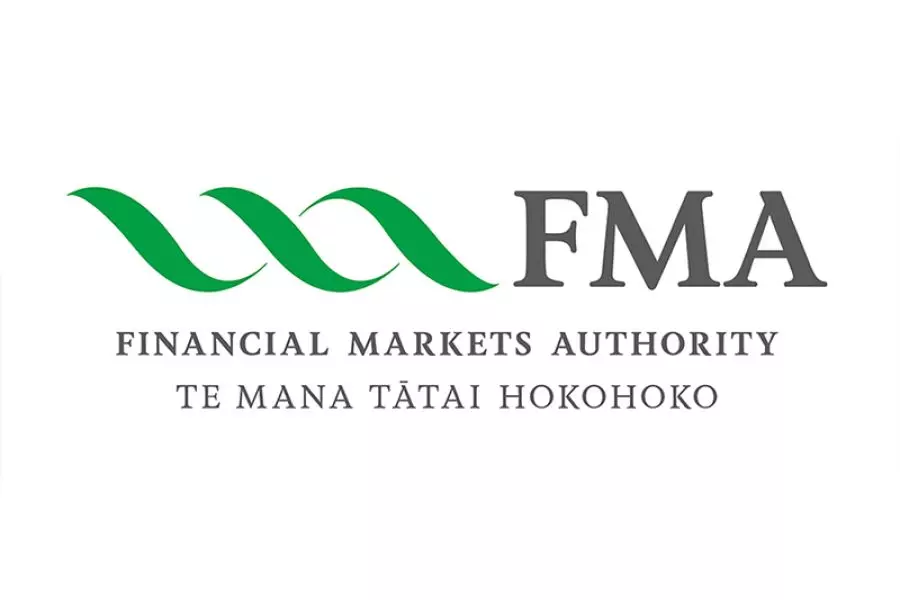
News
Stock shortages, prices boom

Monday 2nd of August 2021
The national average asking price is up 20.2%, and the stock squeeze continues with 33.3% fewer properties available compared to June last year, new data from property website realestate.co.nz shows.
On average, Kiwi homes are costing nearly $150,000 more than they did this time last year and there aren’t any signs to suggest it will slow down, particularly as there are fewer than...
Want to read the full article?
Click the button below to subscribe and will have unlimited access to full article and all other articles on the site.
2 min read








![[The Wrap] Bye Bye Bayly](https://goodreturns.publit.io/file/c_fill,w_900,h_600/39f23ac1-f7c7-4854-b700-a150004ebbac.webp)